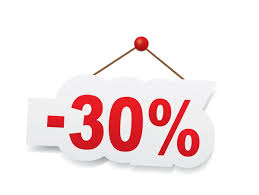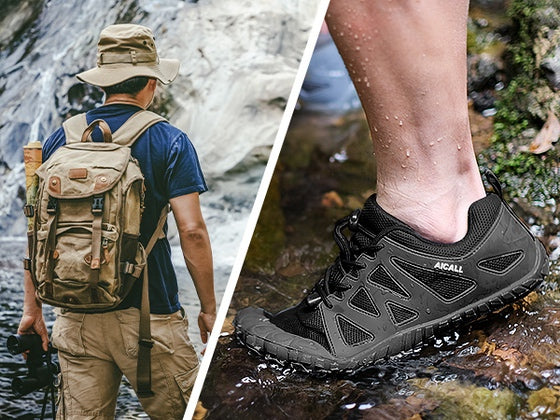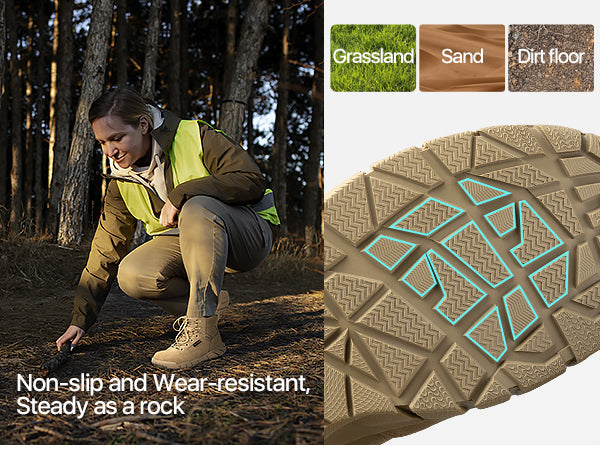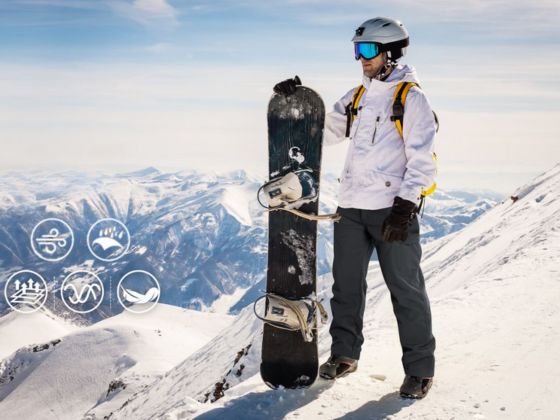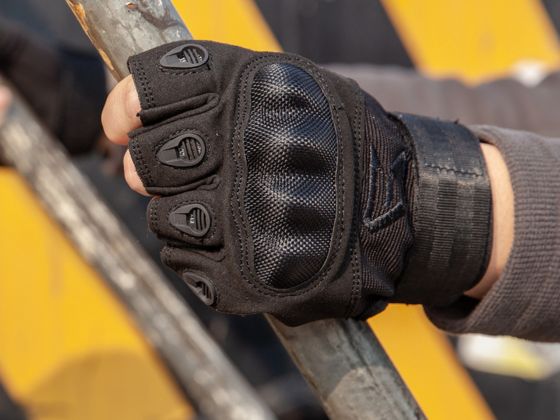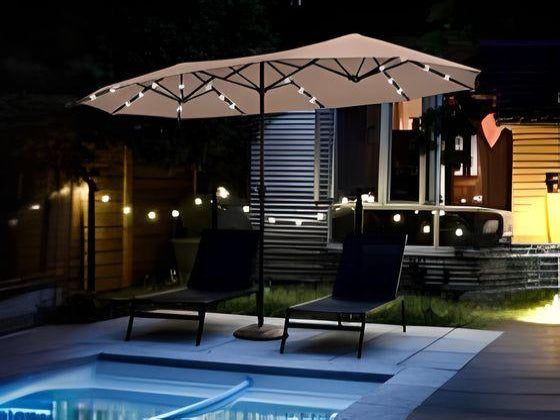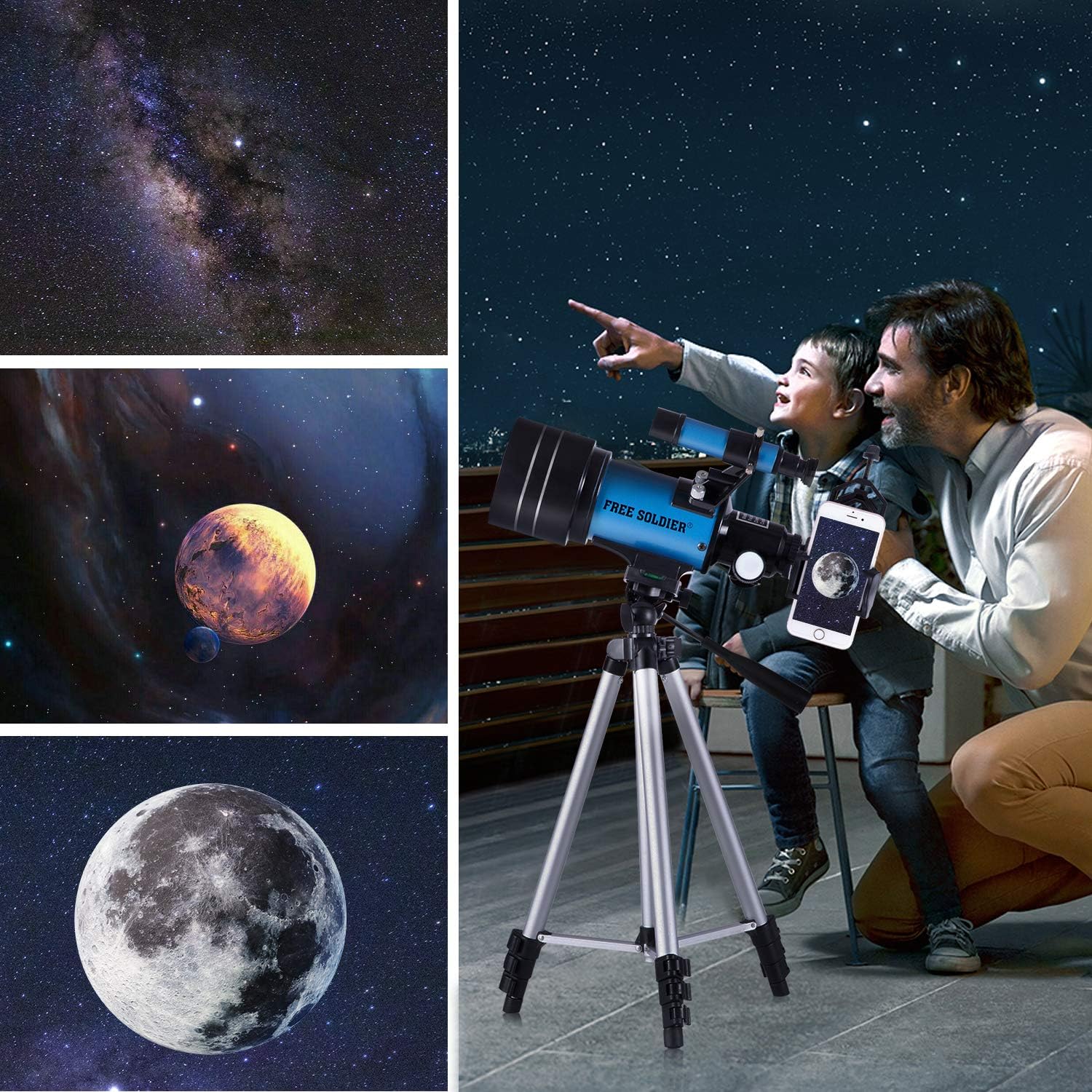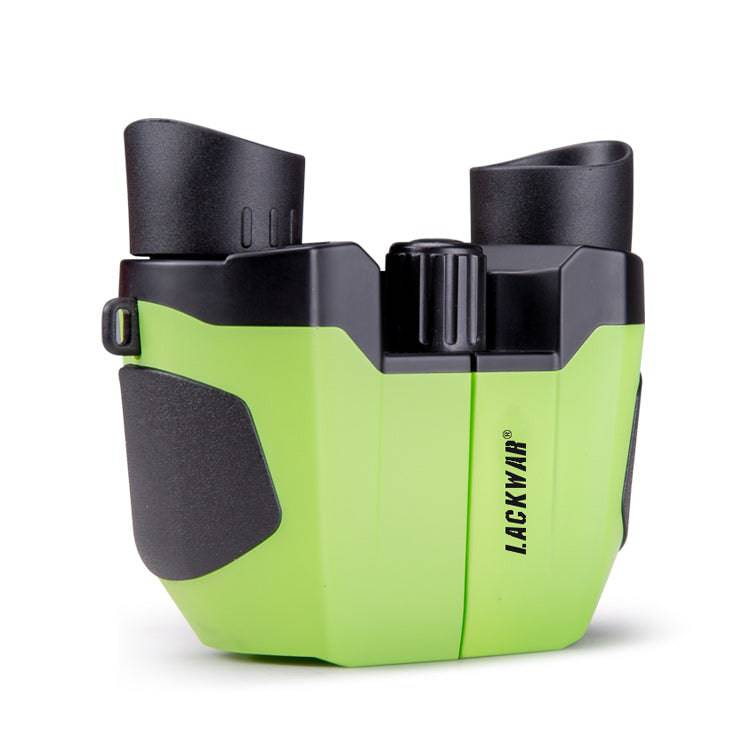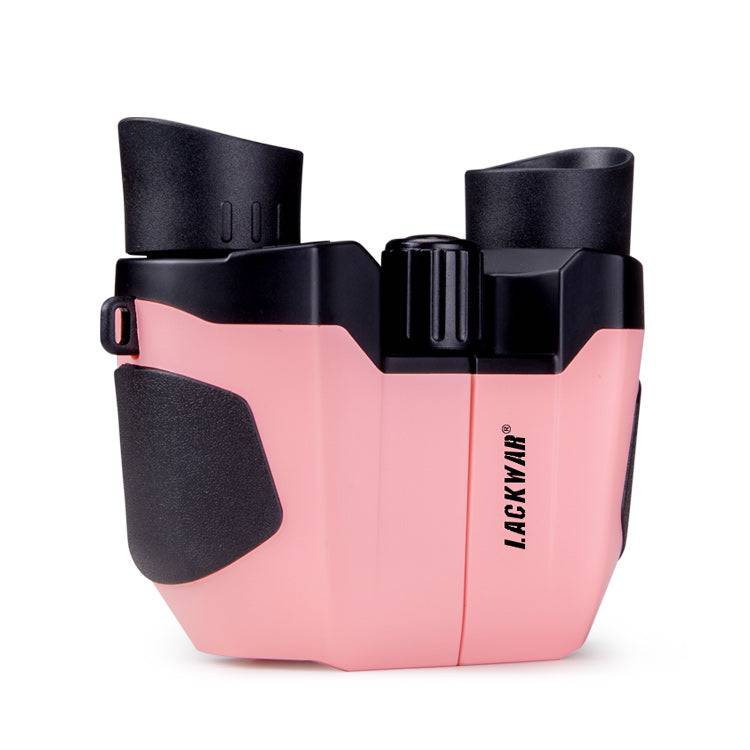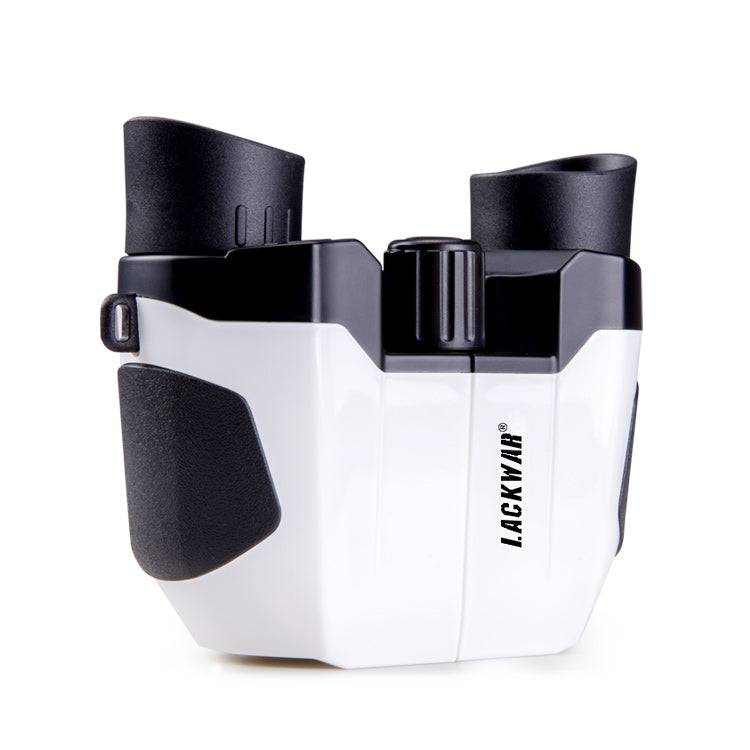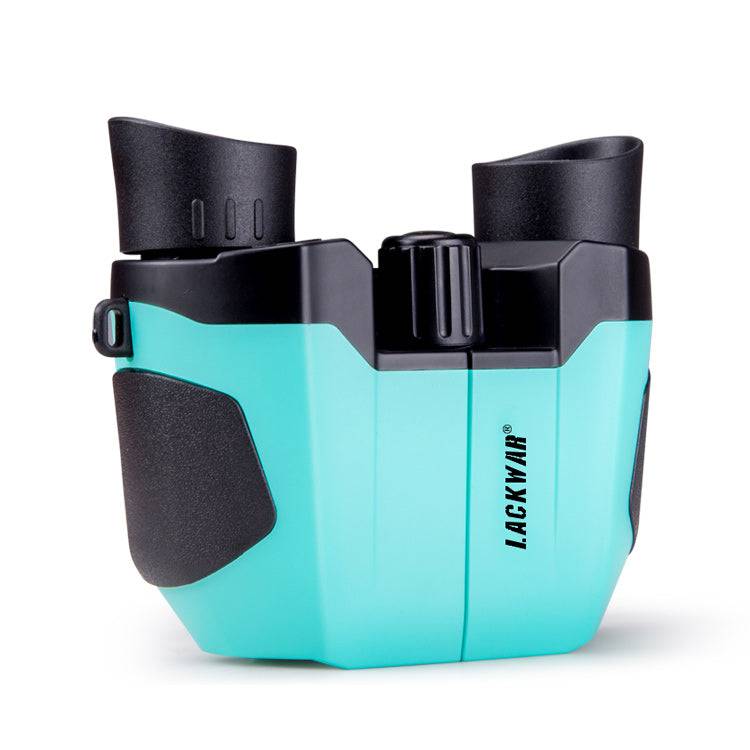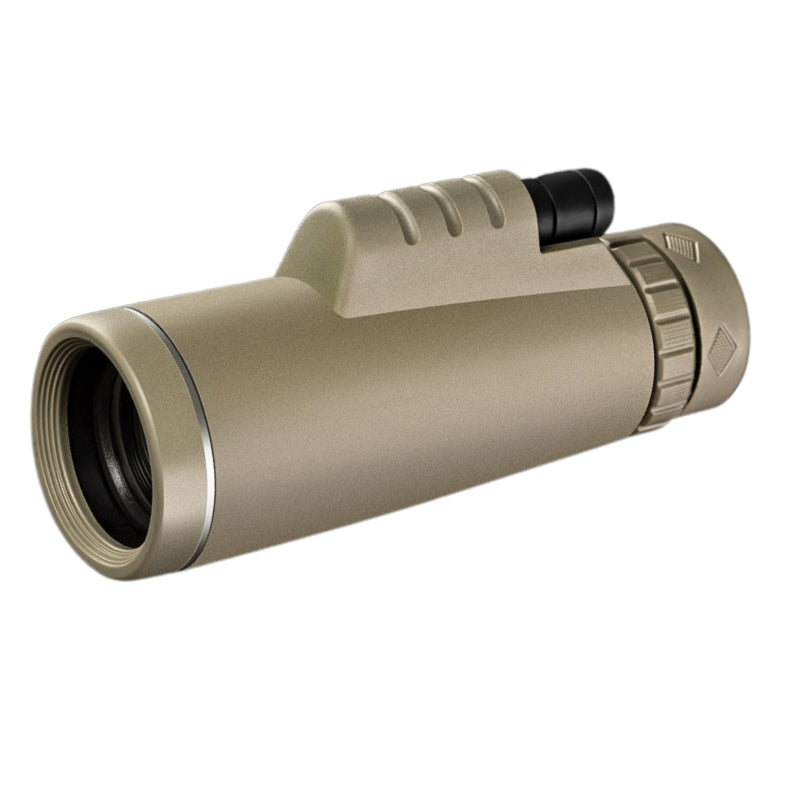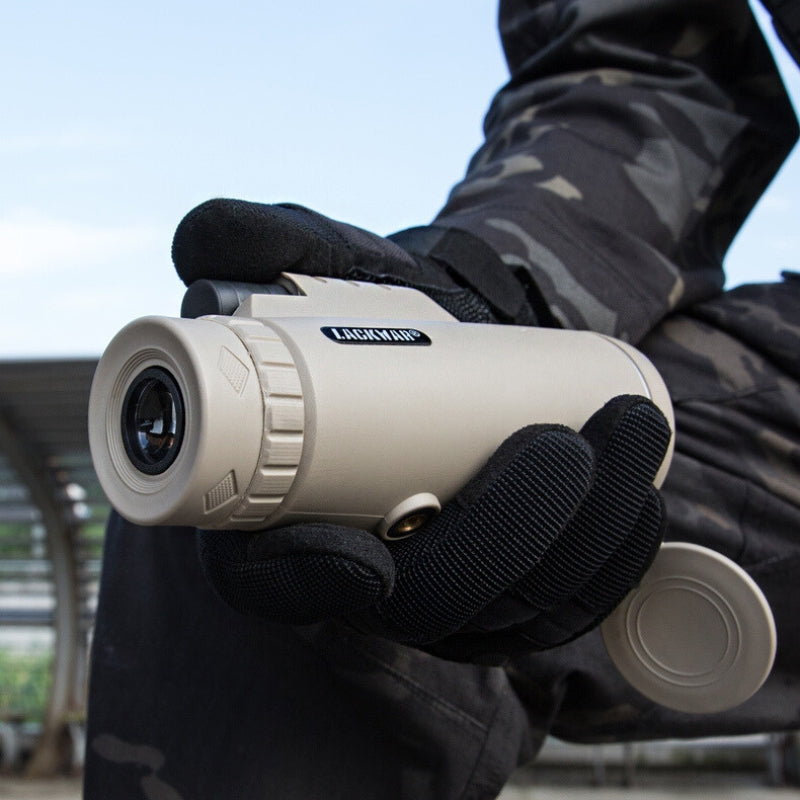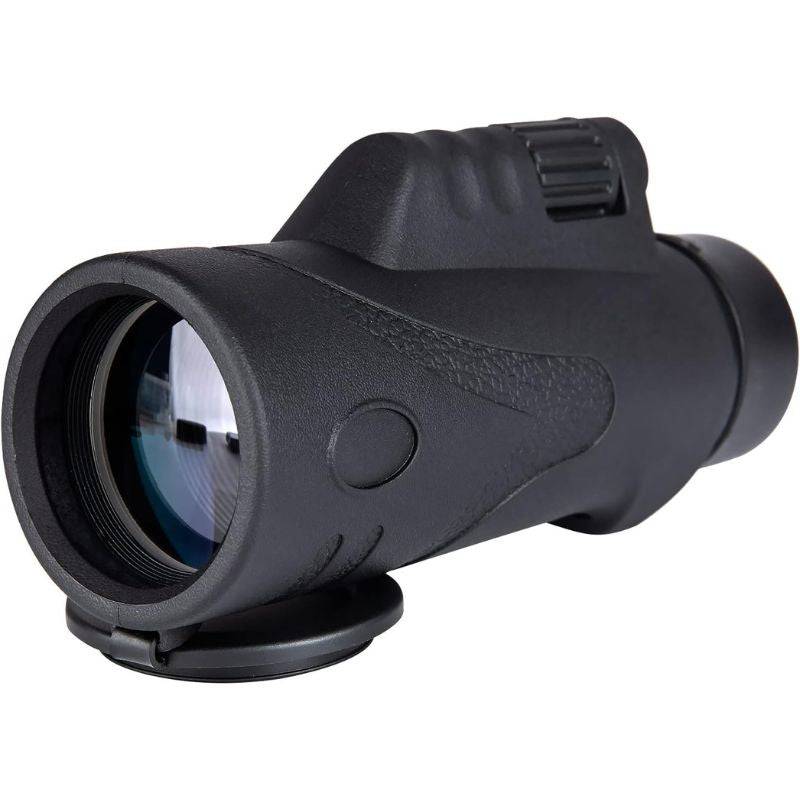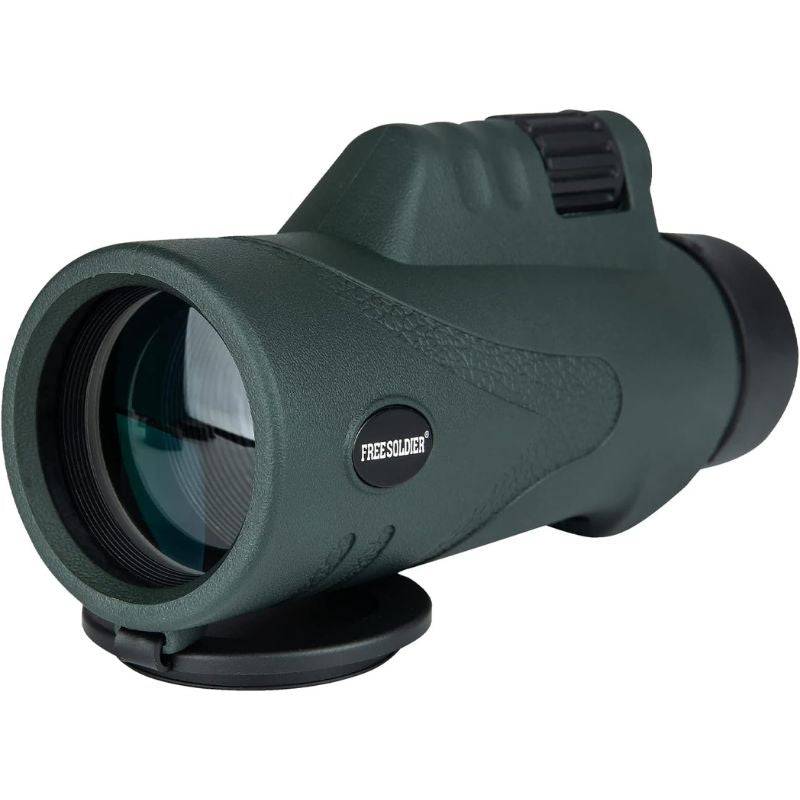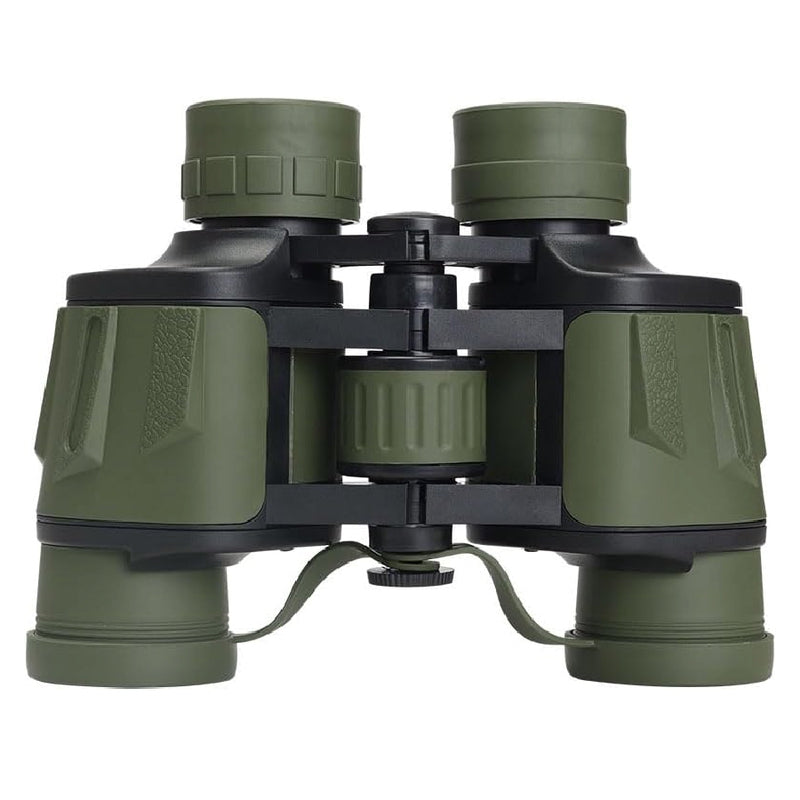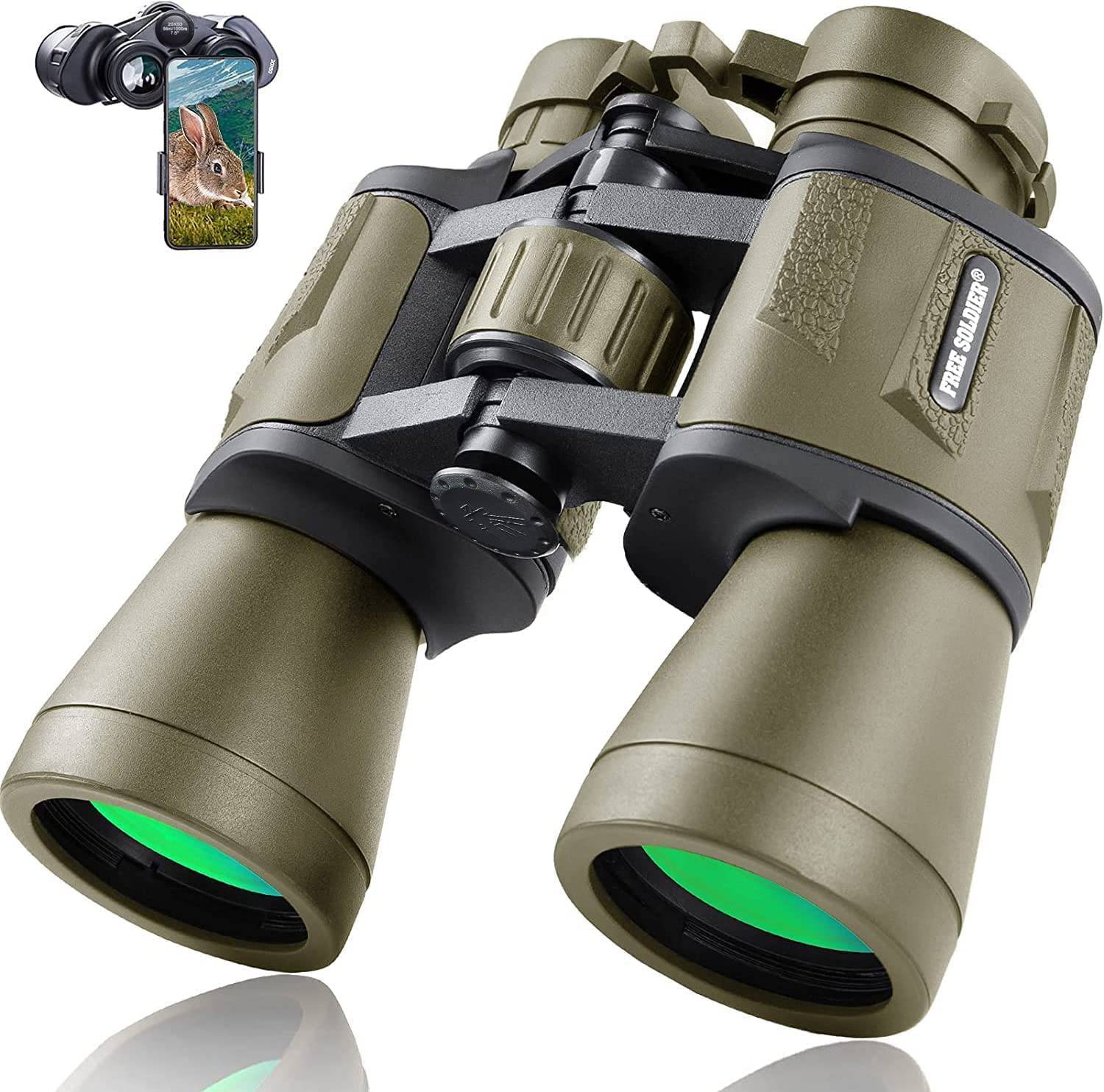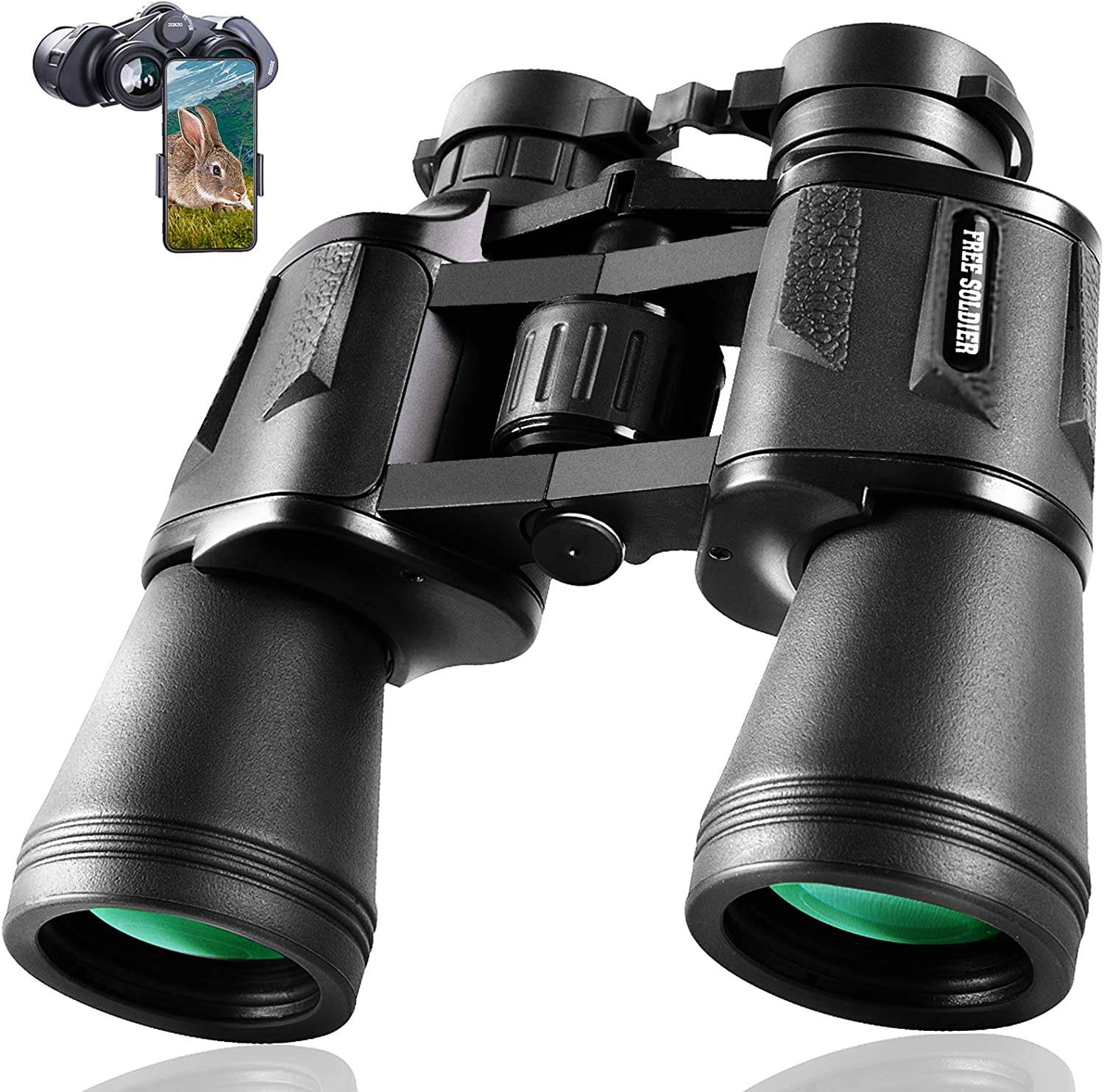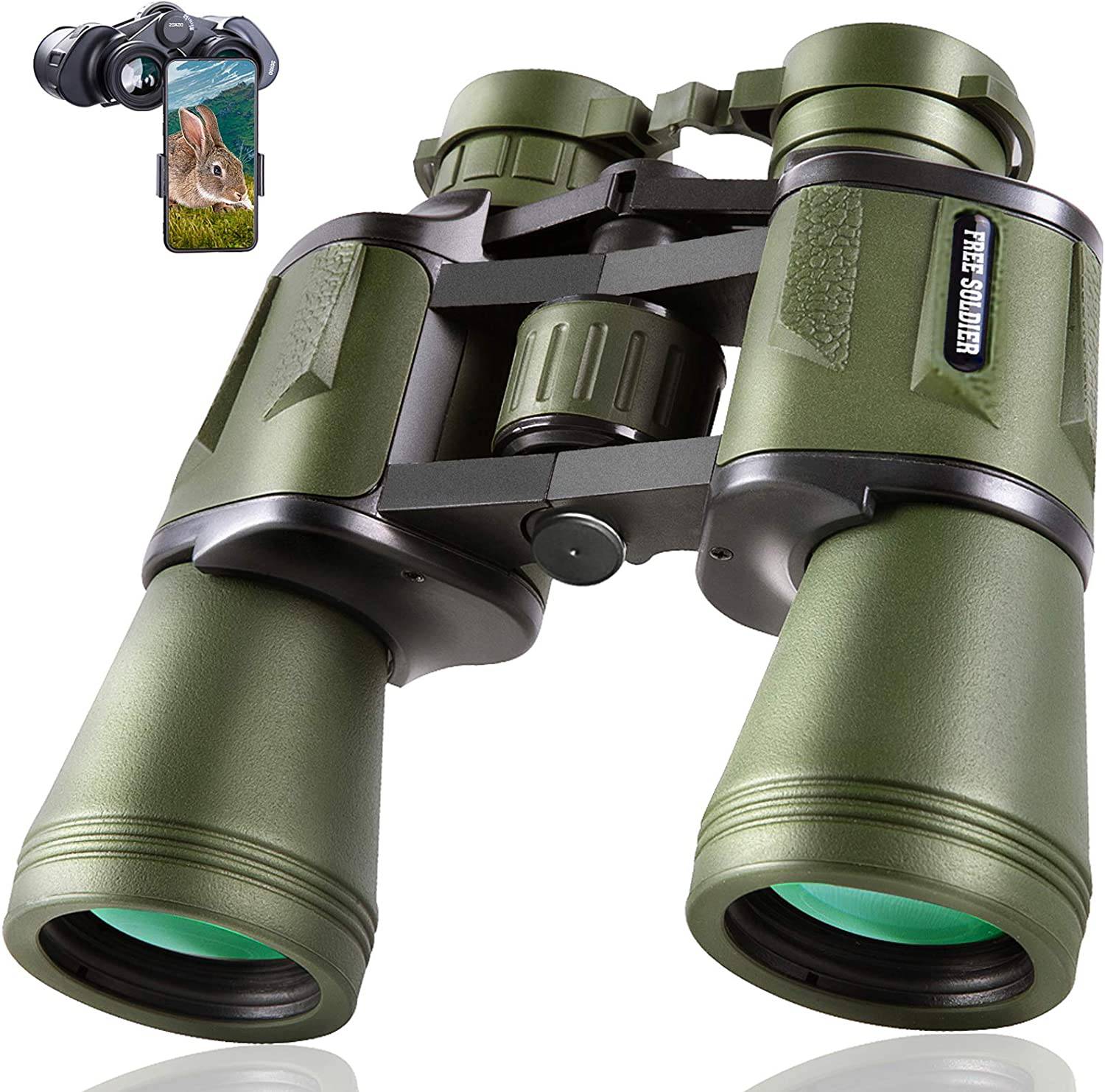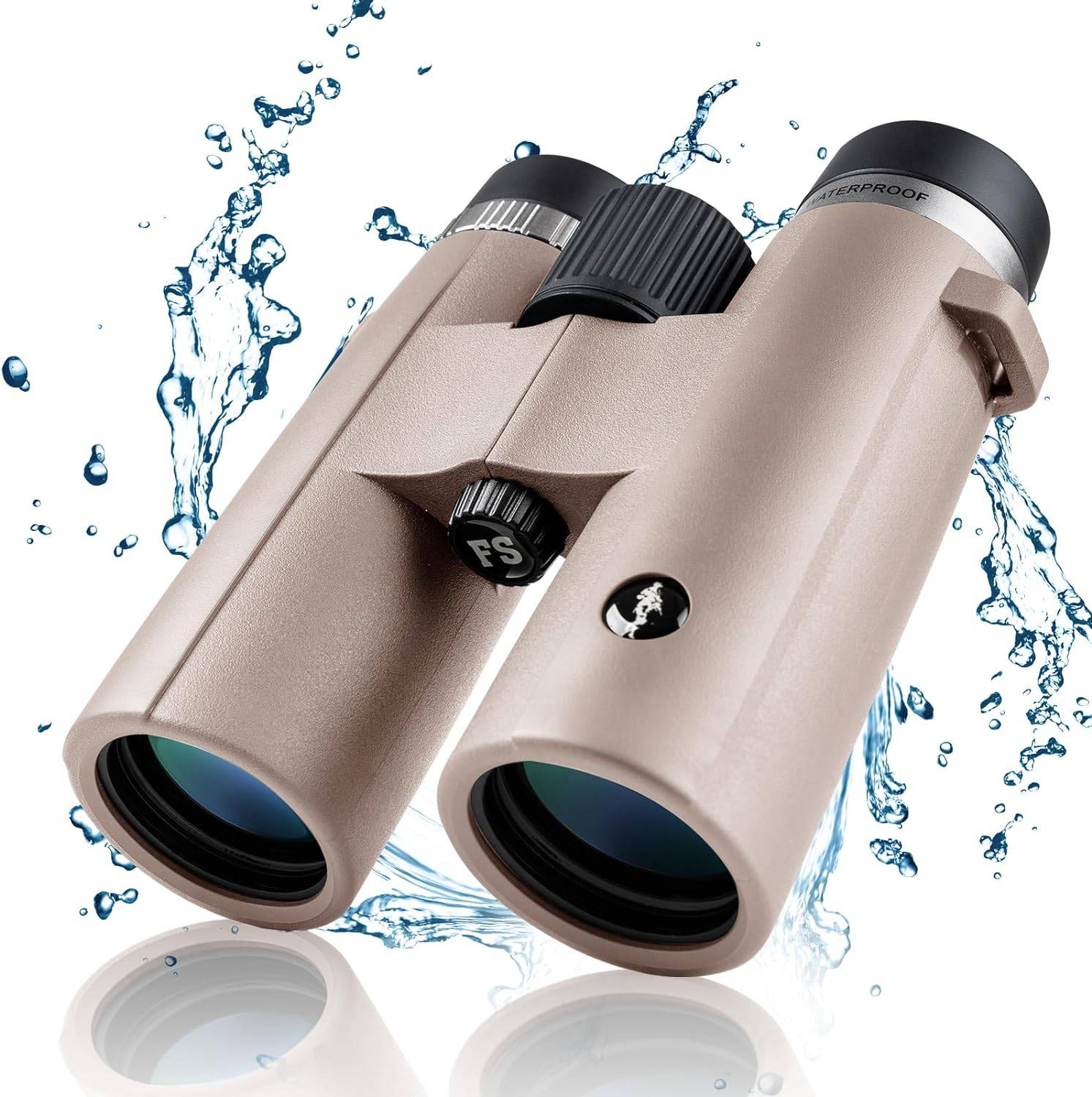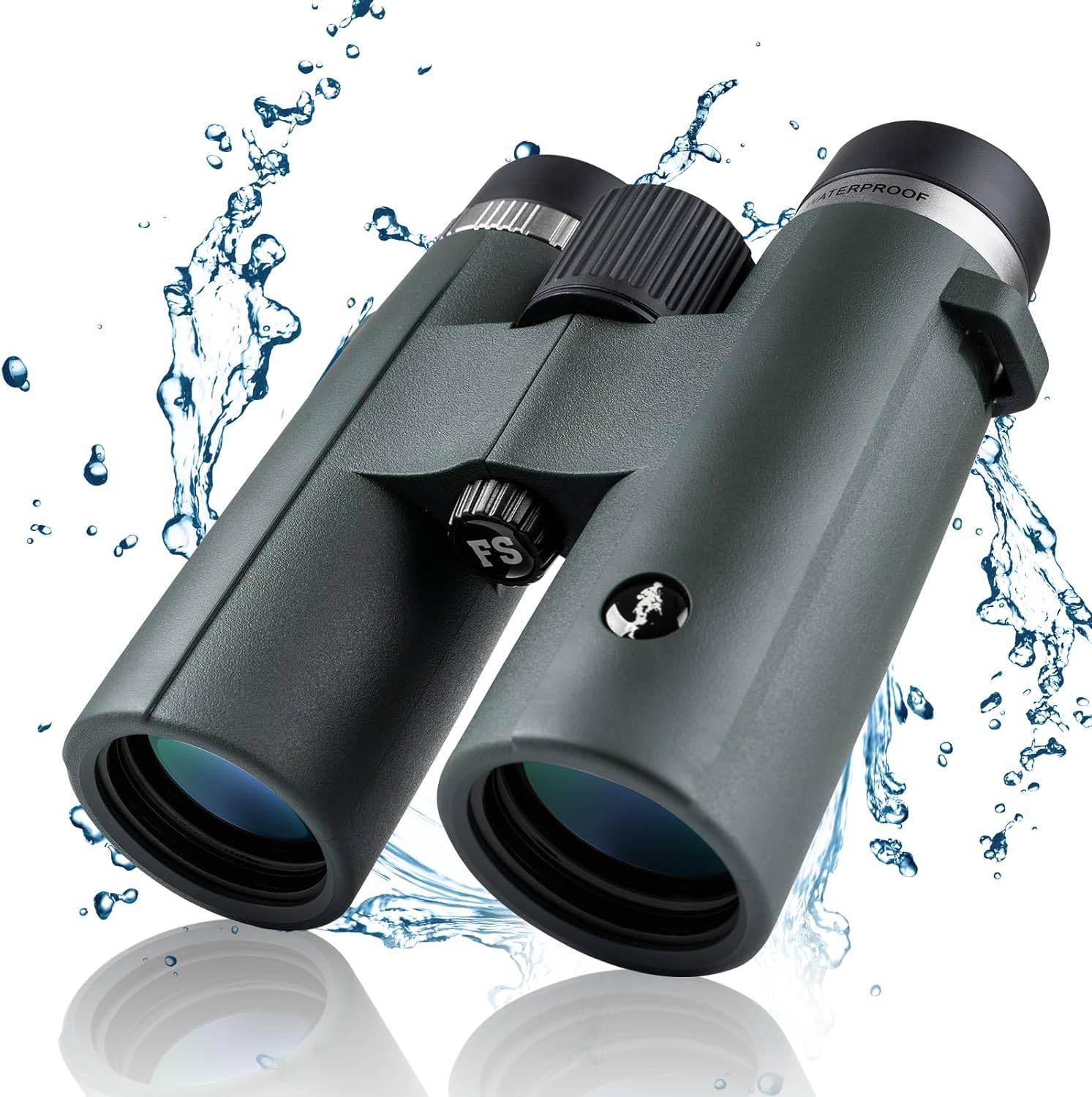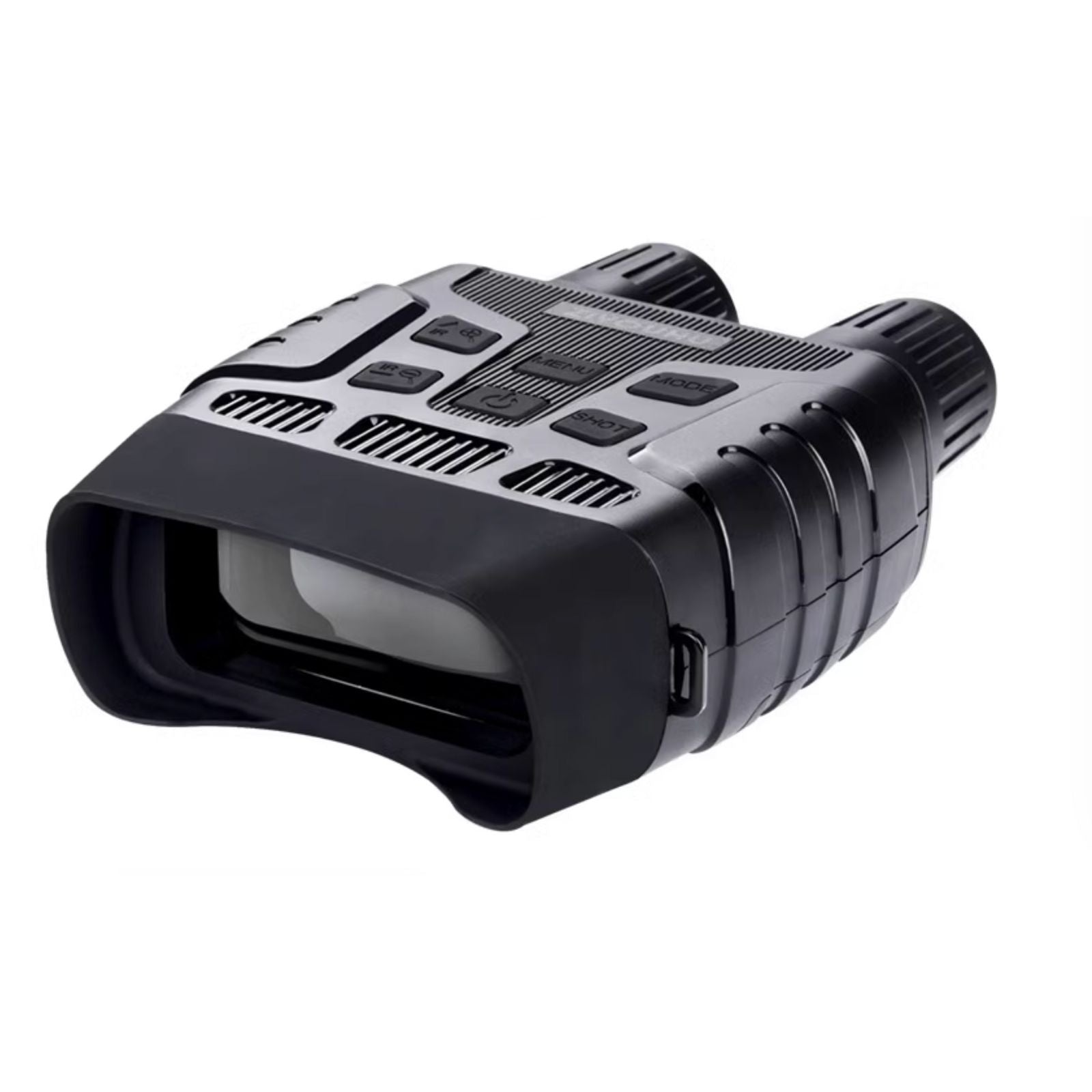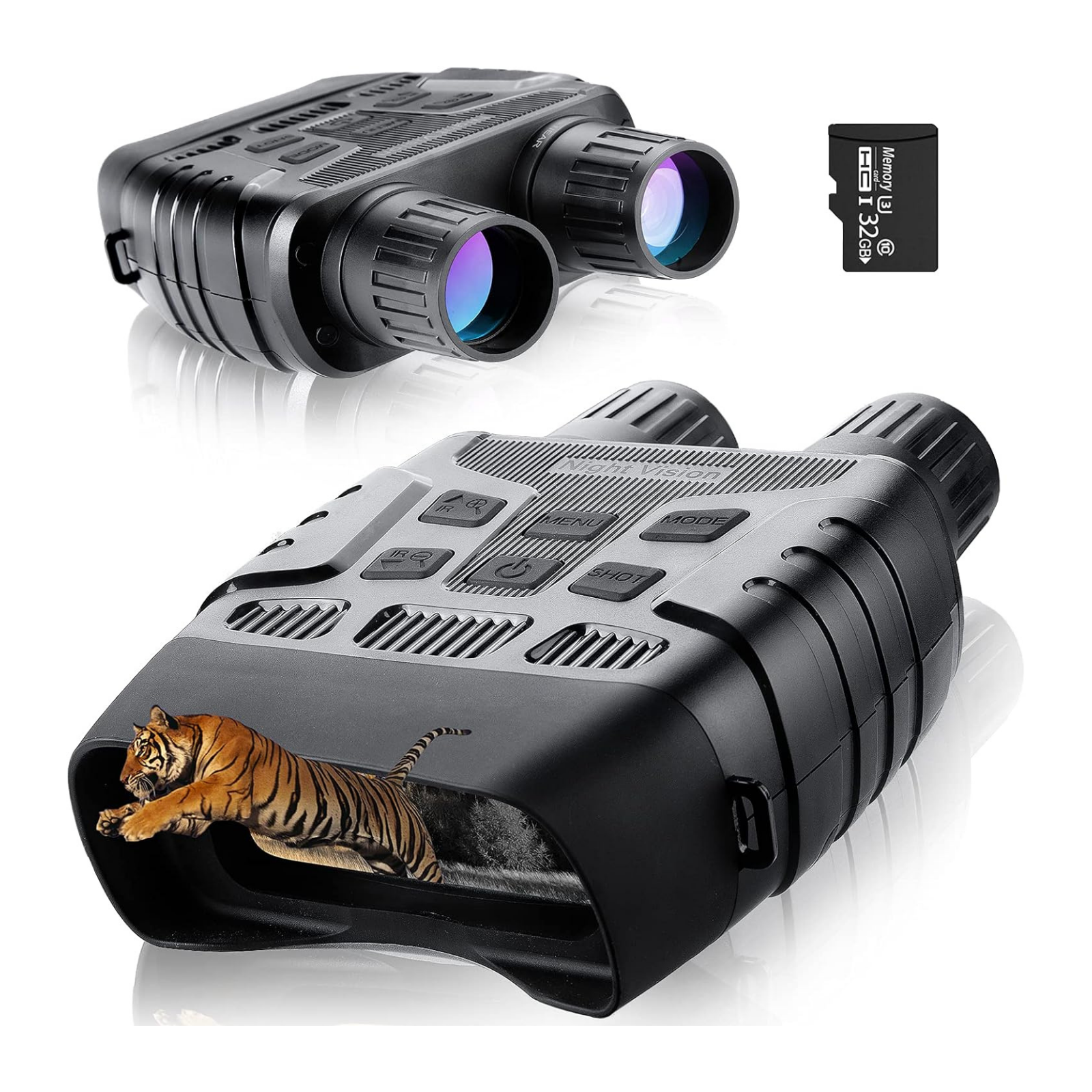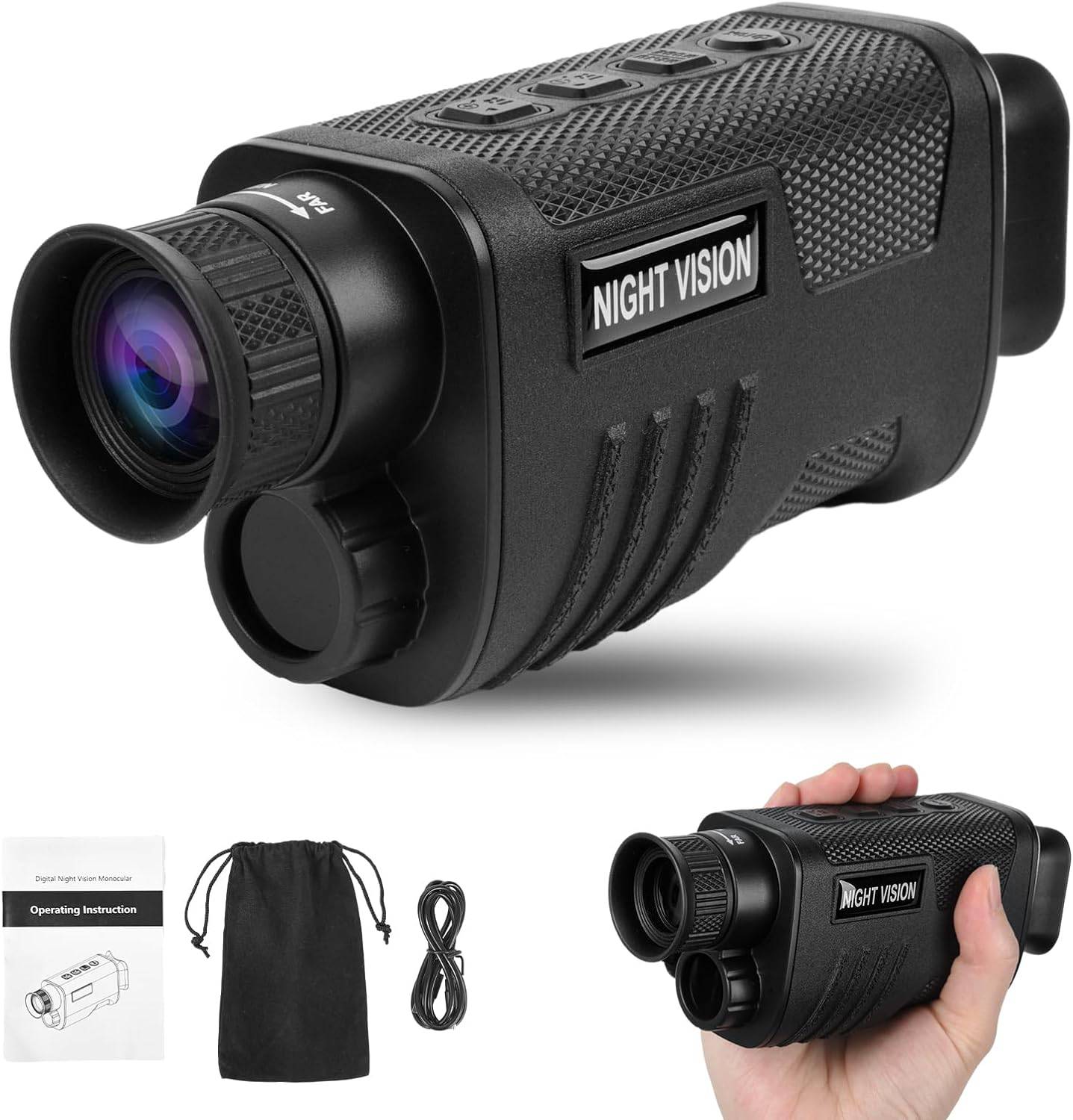Selecting the perfect pair of binoculars involves getting acquainted with some technical terms. The performance and purpose of binoculars are primarily defined by two essential features. This guide will explain the crucial concepts related to binocular design and specifications.
Introduction to Binoculars

Notice the numbers printed on the EXPLORER Binoculars 20x50 above? These numbers represent the configuration or specifications of the binoculars. The first number indicates the magnification power, while the second number denotes the aperture size. Therefore, the Steiner Binoculars above have a 20x magnification and a 50mm aperture size.
Binoculars Specifications
Magnification / Power
Magnification, also known as power, refers to how many times an image is enlarged or intensified. For example, with 20x magnification, an object being viewed through the binoculars will appear 20 times closer than it would to the naked eye. This allows you to see the object in greater detail.
Aperture Size

Aperture size refers to the diameter of the objective lens (the lens at the front of the binoculars). This size determines the binoculars’ light-gathering ability: the more light gathered, the clearer the image produced. For instance, the EXPLORER Binoculars have a 50mm aperture. Compared to binoculars with a 42mm aperture, they gather more light, especially in low-light conditions. However, the larger aperture also makes the binoculars bulkier and heavier. Therefore, it’s essential to consider your usage situations by balancing portability and image clarity. Below are examples of different aperture sizes relative to their image clarity.
Diopter Adjuster
Most binoculars on the market feature a diopter adjuster, typically located on the right side. This adjuster allows for fine focusing adjustments to the eyepiece, compensating for differences in each eye’s vision. It’s recommended to set the main focusing knob first to focus both eyepieces simultaneously. Then, you can fine-tune the diopter adjuster to match your individual eyesight needs.
Eye Relief
Eye relief enables comfortable viewing through binoculars, even with eyeglasses on. The longer the eye relief, the more comfortable it is to use the binoculars without straining your eyes. Eye relief refers to the distance from the eyepiece lens to the point where the image is in focus. It ranges from 5mm to 23mm. If you prefer using binoculars with eyeglasses or sunglasses, opt for at least 15mm of eye relief for a comfortable experience.
Optical Coatings
Binoculars are often equipped with coatings on their objective lenses for various purposes, such as eliminating reflections, enhancing image quality, or both. These coatings are crucial for improving the overall image quality of the binoculars. Our EXPLORER Binoculars feature fully multi-coated surfaces that maximize light transmission (up to 99.8%), resulting in higher brightness and contrast.

